Chilean name: Pingüino de Humboldt
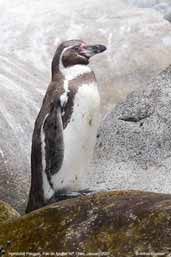
January 2007
The Humboldt Penguin is restricted to the waters of the Humboldt Current off the coasts of Chile and Peru. There is a distribution map on xeno-canto.
It nests on islands or on rocky shores and feeds inshore on fish and squid.
It is classed as Vulnerable by Birdlife International because of the relatively small and declining population of below 12,000. Its decline is largely due to the exploitation of guano deposits into which the penguin burrows to make its nest and to the overfishing of anchoveta which constitutes an important part of its diet.
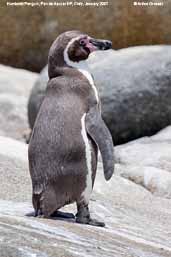
On land the best distinguishing feature is its single black breast band compared to the double black breast band of the Magellanic Penguin.
Photo 5 shows a mixture of adult and juvenile birds with some in moult. Photo 6 shows a juvenile bird.
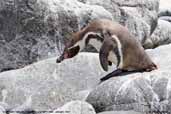
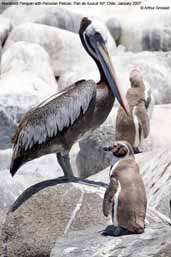

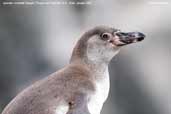
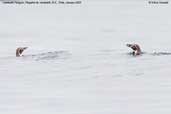
| Previous Page | Back to Index | Next Page |